(mid-November 2022)
(Watch the prelude.)
Having done a fair amount of traveling in October, November is shaping up to mostly be spent close to home.
My Frau and I went to see progressive rock stalwarts Yes on the 9th. It was my 5th time seeing them live, 6th if you include an Anderson Bruford Wakeman Howe show. The band formed back in the late 60s and, while a couple of the guys are a bit long in the tooth, some newer, younger members are helping to keep the flame alive.
Having been around so long with many, many albums to choose songs from, every fan is bound to have a tune that they really want to hear but doesn't get played. The band performed a couple songs I didn’t expect to hear along with several that I did and are, simply put, obligatory these days. The tour was to mark the 50th anniversary of Close to the Edge, their 5th album and so they performed it in its entirety.
The church organ section of the title track never fails to send a shiver down my spine. Similarly, the vocal arrangement in that section, called "I Get Up, I Get Down", is truly a thing of beauty. One autumn evening many years ago, I was driving down Bailey Road east of Madison listening to the song very loudly and, when that section came on, I felt surrounded by grandeur and as if I had been transported somewhere else. Perhaps to the land of Roger Dean's album covers where everyone talks impressionistically - like Jon Anderson's lyrics. It was simply a beautiful moment.
Still, I wish that there had been a bit more variety in the setlist. "On the Silent Wings of Freedom" was an unexpected choice and I enjoyed it greatly. This opened the concert and it was my first time seeing Billy Sherwood on bass. He played reverently but not in slavish imitation of Chris Squire, to my ears. Plus, they did a couple new songs from their latest album, The Quest. But it was really a show dedicated to a trio of their early 70s work - The Yes Album, Fragile, and Close to the Edge.
With Geoff Downes in the band, I find it a shame that they included no Drama material or anything released since he rejoined the band in 2010. "Fly From Here" or a chunk of it would have been great to hear.
Despite my desire to have more eras of the band's history represented, it was still fun. They seemed happy to be onstage and played a spirited show.
Someone who sat 8-10’ in front of me shot some video and posted it online. Here’s most of the epic song “Close to the Edge”.
********
A few days later I donned my apron and headed over to a local church where the Polish Heritage Club – Madison was holding its Christmas Bazaar. I believe it was the first once since the pandemic took hold.
Although it was a bazaar and there were plenty of things to buy, I always think of eating when it comes to this event. This is because I spend all day back in the kitchen cooking. I think I grilled up a metric ton of kielbasa.
While I enjoy cooking at home and helping out the PHC, I am glad that I no longer work in a commercial kitchen having to feed hungry hordes.
As folks ate, they were serenaded by these fellows.
There was a room with information about Poland as well as materials to help people take their first steps into genealogical research.
If you need Wianek (floral headbands), we’ve got you covered.
There was a craft room for kids, lots of food for sale to take home including a plethora of tempting sweets such as Makowiec. Sadly, I neglected to get in line early and all of the tasty sweet treats were gone by the time I had finished my duties in the kitchen.
Polish pottery was to be had as well as all manner of amber jewelry.
Working in a hot kitchen all day is hard work and we needed to stay hydrated. And so we did. With Polish beer, er, piwo.
Next up for me will be on the Polish heritage front will be Pączki Day on 21 (or 23) February. Then on Palm Sunday, I will again be cooking for the Club’s Spring Festival.
********
Man cannot live on kielbasa alone so I took advantage of this year’s bumper cranberry crop and made some cranberry pork chops.
I thought they turned out rather well.
********
The UW’s main repository of human knowledge, Memorial Library, has an exhibit on display called “Press Play” which gives a brief history of recorded sound and draws from the library’s holdings. A friend and I stopped down there recently.
The first thing we saw was this:
Described as a “flat disc”, it dates to 1896 and features George J. Gaskin singing “Tramp Tramp Tramp” which was apparently on the hit parade during the Civil War.
Next to this was an Edison Phonograph from 1919.
The platter on that magnificent looking turntable features the earliest known vocal rendition of “On, Wisconsin”, which is not only the UW’s fight song, but also the State Song of Wisconsin.
Next to Edison’s phonograph were some of his wax cylinders.
At about this point, a young woman came into the exhibit who looked to be of undergrad age. She was smart and donned her headphones, scanned QR codes, and listened to the audio portion of the exhibit which allowed one to hear the recordings behind the glass.
I am not sure how to scan a QR code. Instead, my friend and I chatted away about what we were seeing. We had heard of these recording doodads but probably hadn’t actually seen many of them in person. One playback technology I hadn’t encountered before were these records that were 20” in diameter. Reading the card next to one, I was quite surprised to find that they played at 100(+) RPM. 100 RPM?!
“If that thing flew off the spindle, it could surely decapitate someone like Odd Job’s hat in Goldfinger,” I reasoned.
This display featured local (south central Wisconsin) history. WIBA is a Madison radio station while that marionette is Jim Kirchstein, the founder of Cuca Records. Cuca was formed in Sauk City, a town about 25-30 miles northwest of Madison, in 1959 and it released a lot of polka and other “ethnic music” of the area from European immigrants and their descendants, including the polkabilly stylings of the Goose Island Ramblers, a favorite group of mine.
But Cuca also recorded rock bands and is most famous for The Fendermen’s cover of “Mule Skinner Blues” by Jimmie Rodgers. The Fendermen, a.k.a. - Jim Sundquist and Phil Humphrey, were Wisconsin natives and met while they were both attending UW-Madison. The song was recorded in the basement of a music store in Middleton, a Madison suburb.
Before the records yielded to cases of 8-tracks, cassettes, CDs, and iPods, there was this handy guide for aspiring DJs and rappers on how to scratch.
Lastly, I’ll note that the exhibit also featured a record from the legendary blues singer Ma Rainey on the Paramount label. While I knew of Paramount, I don’t think I’d ever actually seen of one their discs in real life.
Paramount Records was a subsidiary of the Wisconsin Chair Company which made, in addition to chairs, cabinets for phonographs. They got into the record business in 1918 and Paramount lasted until the early 1930s. Although they released music by a variety of artists in a variety of genres, the label is best known these days for the blues recordings it did from the late 1920s through the early 30s.
Contacts in Chicago arranged for blues (and jazz) musicians from all around, including the deep South, to head to a small town – Grafton – in Wisconsin, a bit north of Milwaukee. And so the vaunted label gave us recordings by such hallowed figures as Charley Patton, Blind Lemon Jefferson, Ma Rainey, Louis Armstrong, Meade Lux Lewis, and many others.
Rock star Jack White became so enamored of Paramount's blues recordings that he had his record company, Third Man Records, put out deluxe sets of the material called The Rise & Fall of Paramount Records: Volumes One and Two. This surely involved lots of time and effort simply spent tracking down recordings alone, not to mention that spent getting them cleaned up for the best possible sonic experience. These sets include vinyl records, tons more digital recordings, books worth of liner notes, and replicas of ads for the records that appeared in the Chicago Defender in the 1920s such as this one.
********
In a previous entry I related how I had finally read Adventures of Tom Sawyer. I figured in for a penny, in for a pound so I went ahead and read Adventures of Huckleberry Finn.
I appreciated the vernacular language as well as the descriptions of the Mississippi River and environs, but I missed the more playful aspect of Tom Sawyer. That book had funny bits but this one is much darker. The humor is replaced by life or death gambits.
I’m glad I read it but Huck Finn is a historical relic to me and not a piece of literature to which I shall return.
********
Bonus photo! Here is Grabby being very naughty and scouting for food on the kitchen counter.




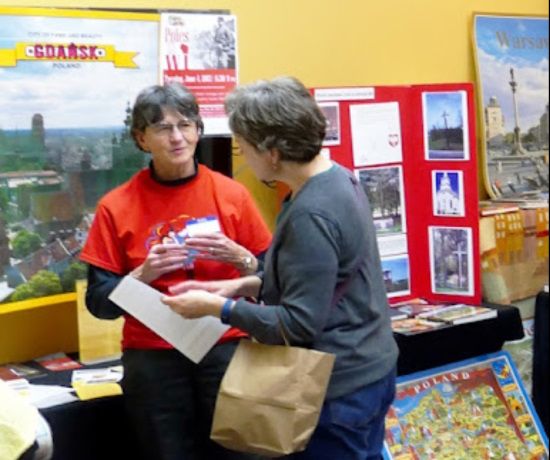
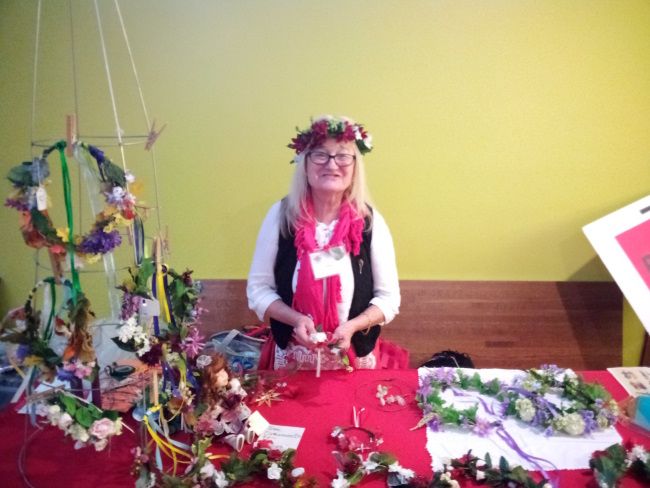
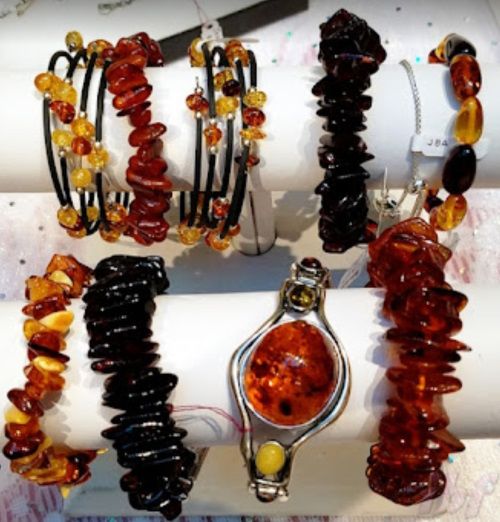



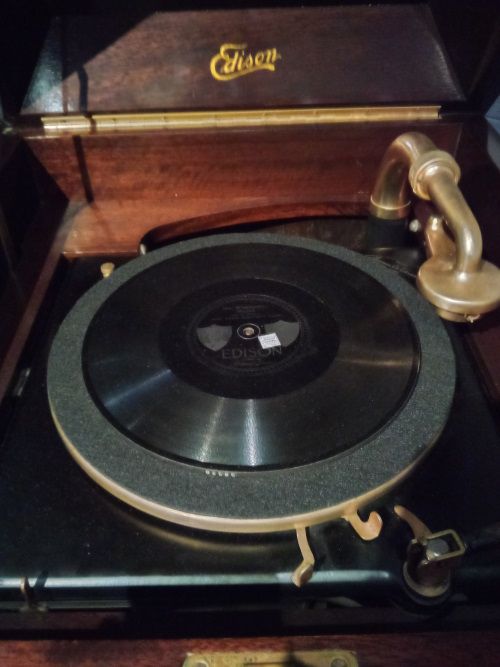

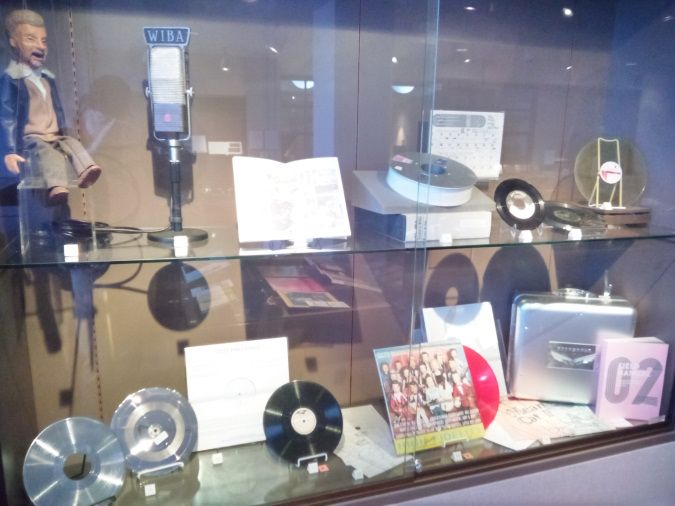
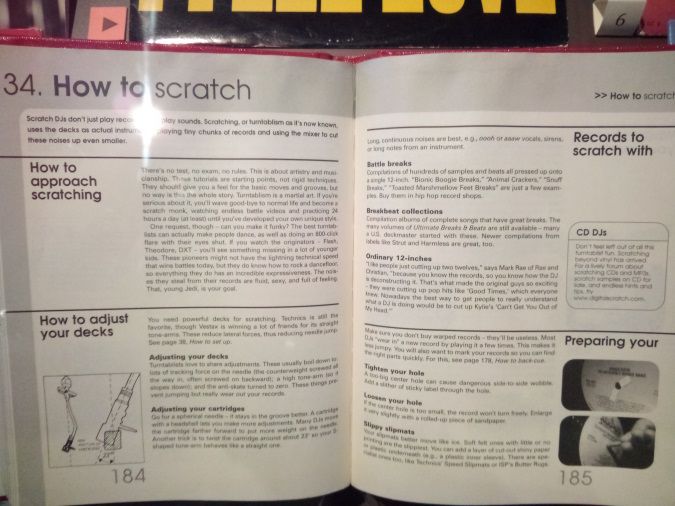
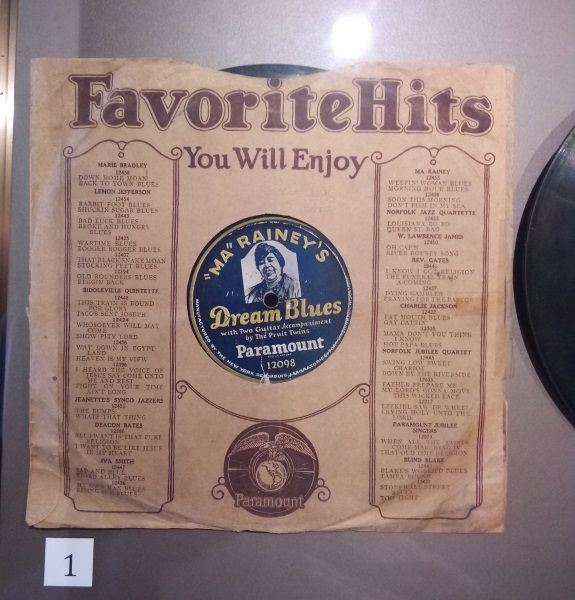


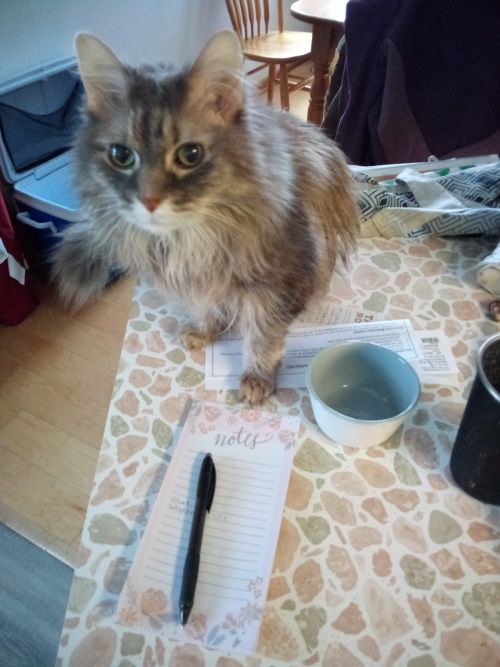
No comments:
Post a Comment